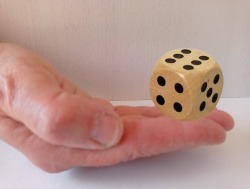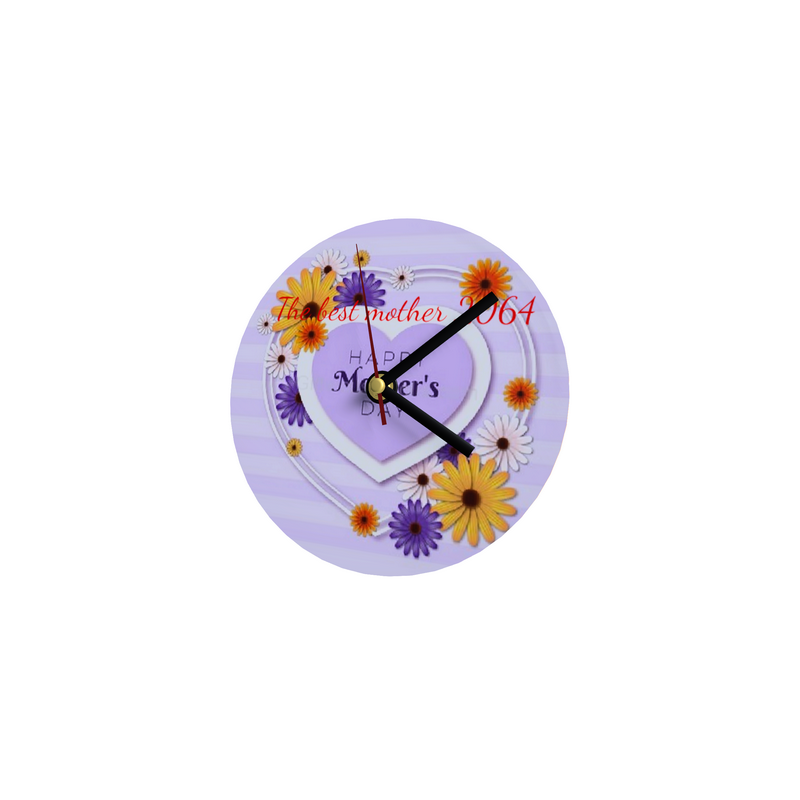
Mask to personalise with...
Covering nose and mouth may or may not be mandatory, the mask has now become a real fashion accessory. More and more people don't want to go shopping with a simple white or blue mask and prefer to wear a mask that conveys an individual and personalised idea or message. The MASK-1 mouth and nose mask is a two-layer mask and very comfortable. The inside is a fabric mix of 80% cotton and 20% polyester. The mask is washable up to 60°C and is therefore ideal for everyday use. Please note: Like many other masks, this mask is neither a certified product nor a medical product in the sense of the MPG (Medizinproduktegesetz), it is not suitable for medical or hygienic use. Wearing this breathing mask is the responsibility of the wearer and does not provide complete protection, but may reduce the spread of droplets. This mask offers protection against dust and pollen and can also be used during various leisure or gardening activities. This mask with the lower part of your face printed on it is engaging and will appeal to many people. Even if the photo is frozen, you can still get an idea of who is wearing the mask. It is a very useful gift for women and men, kdo for him and her.












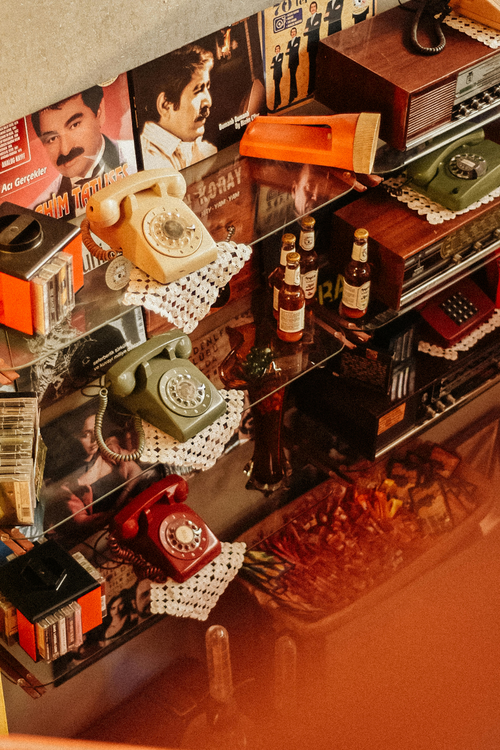




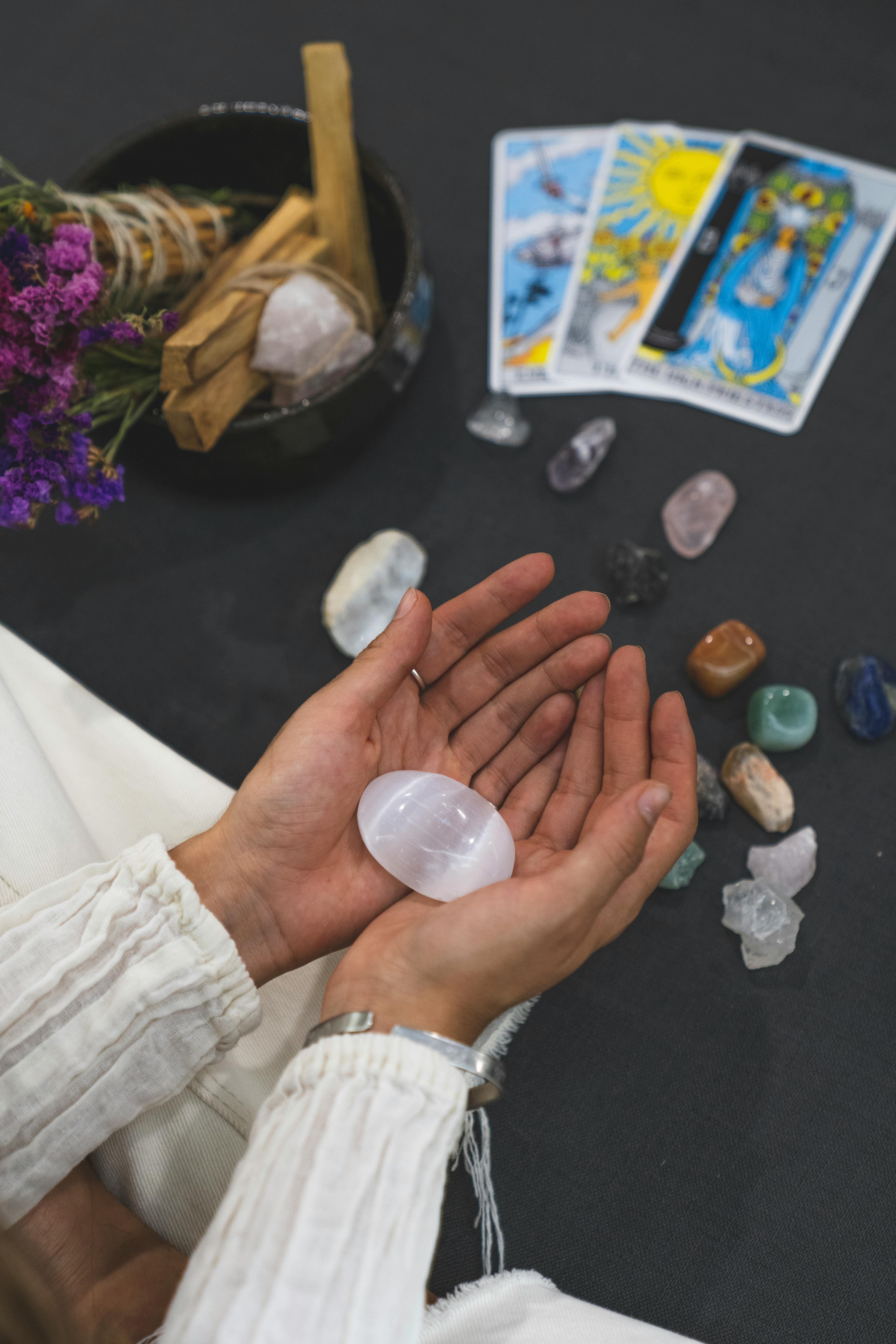
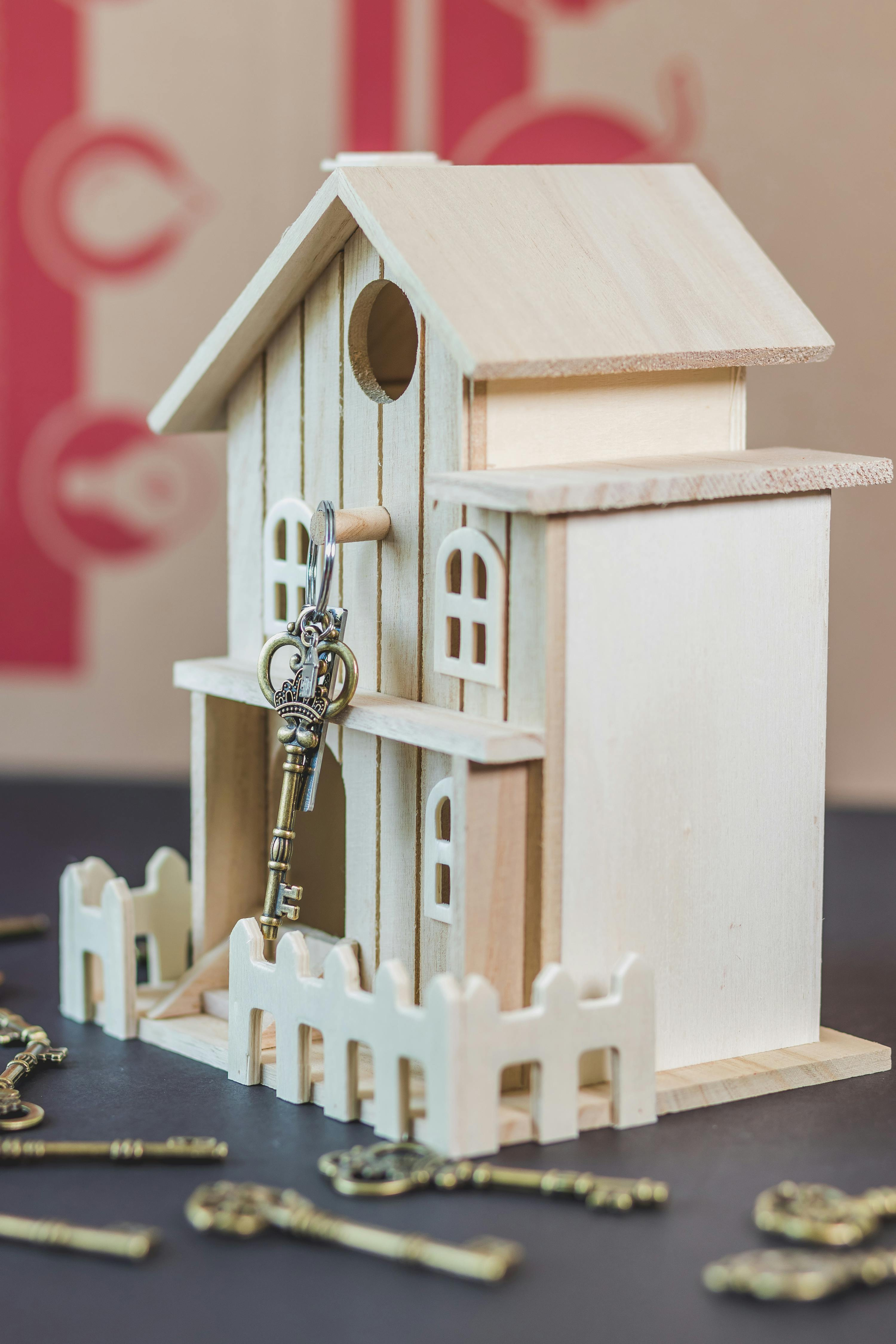

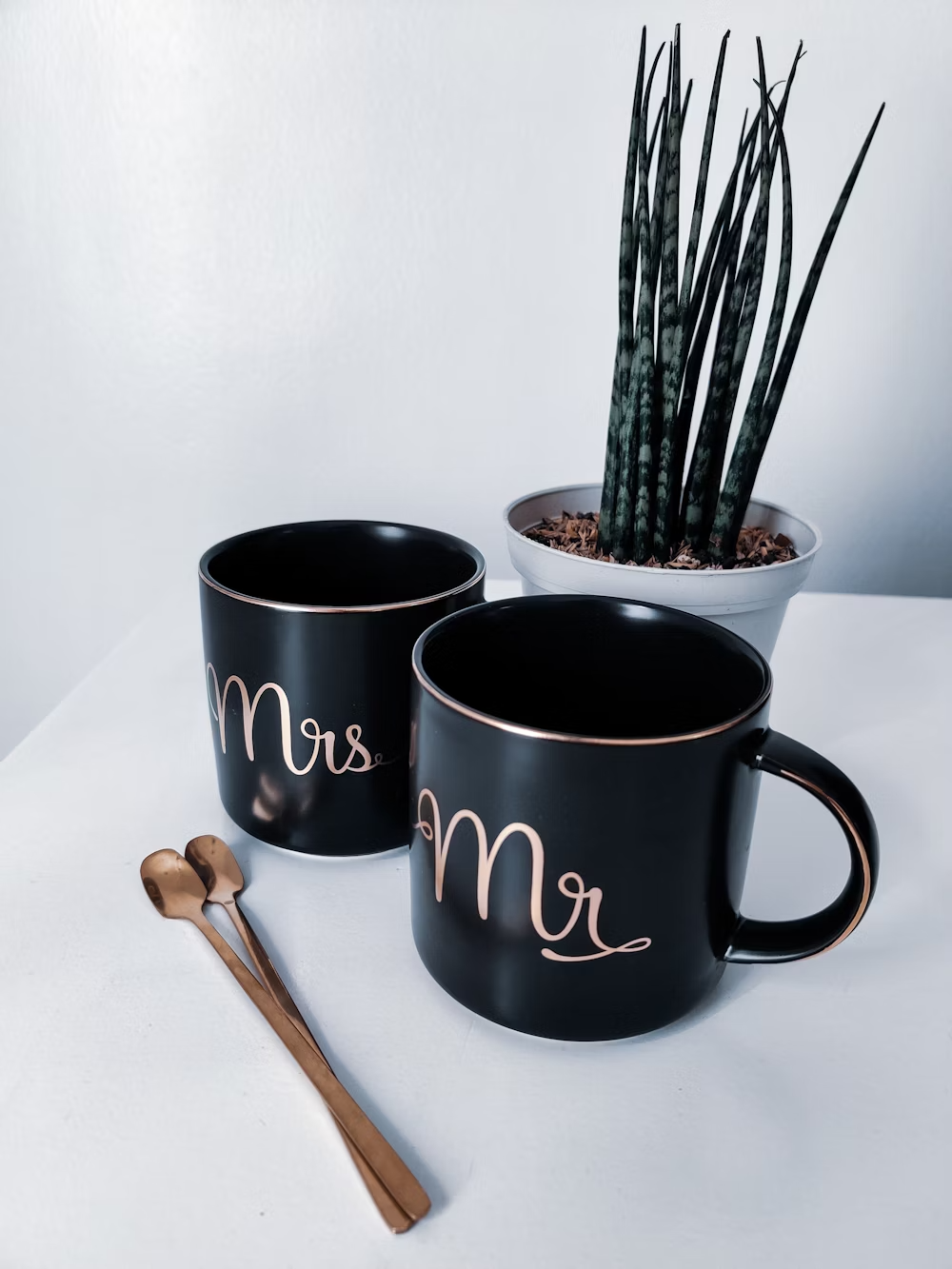

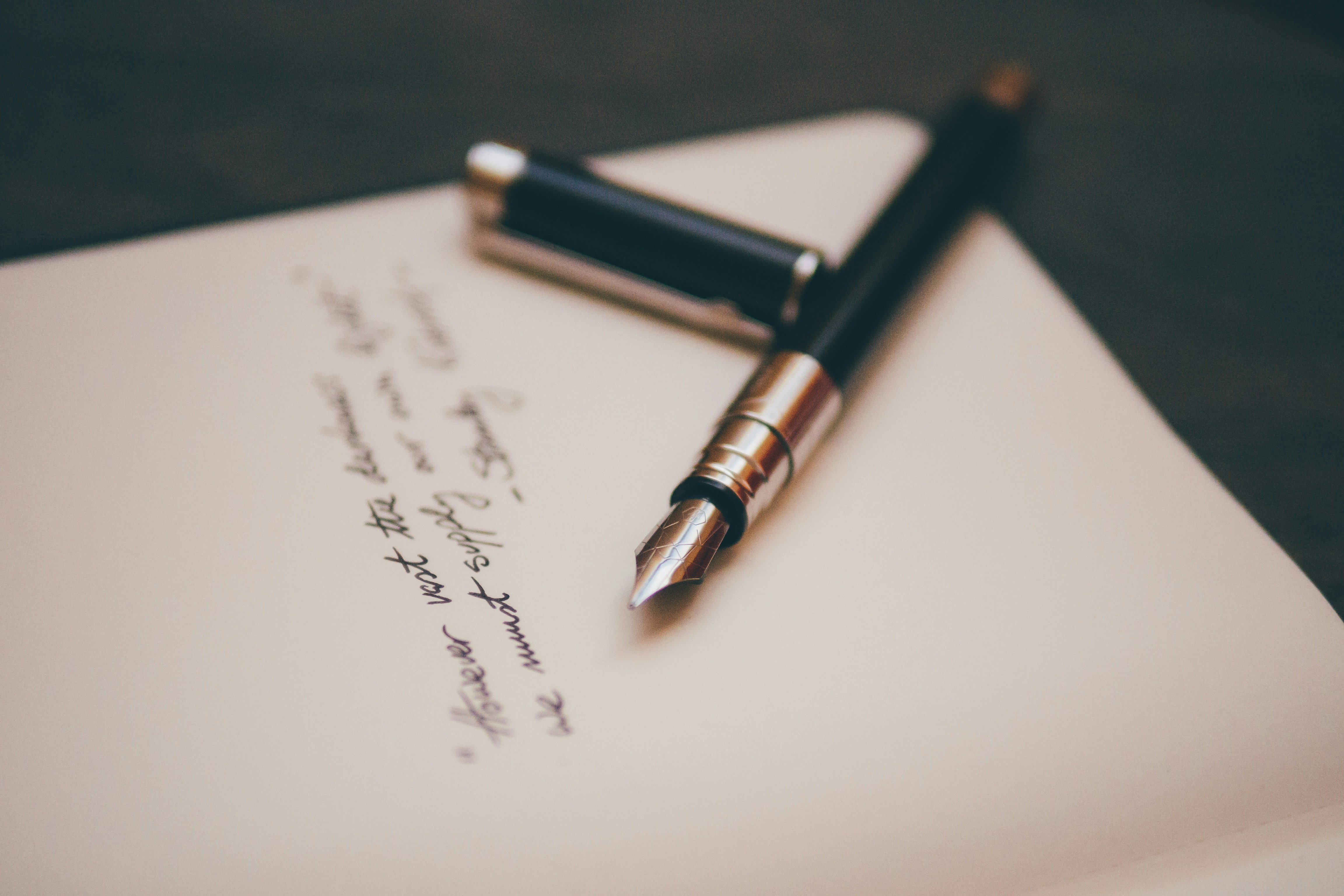

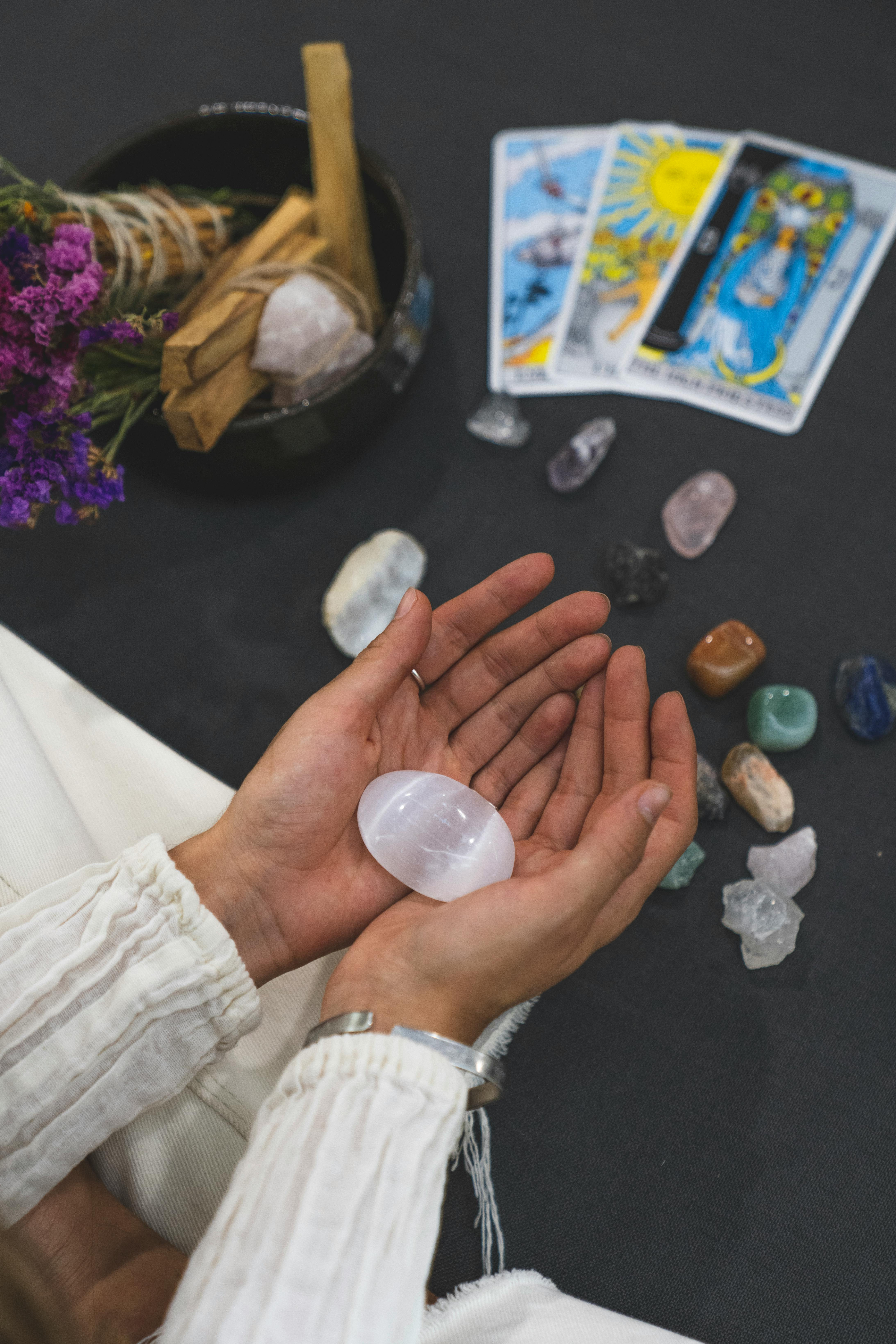
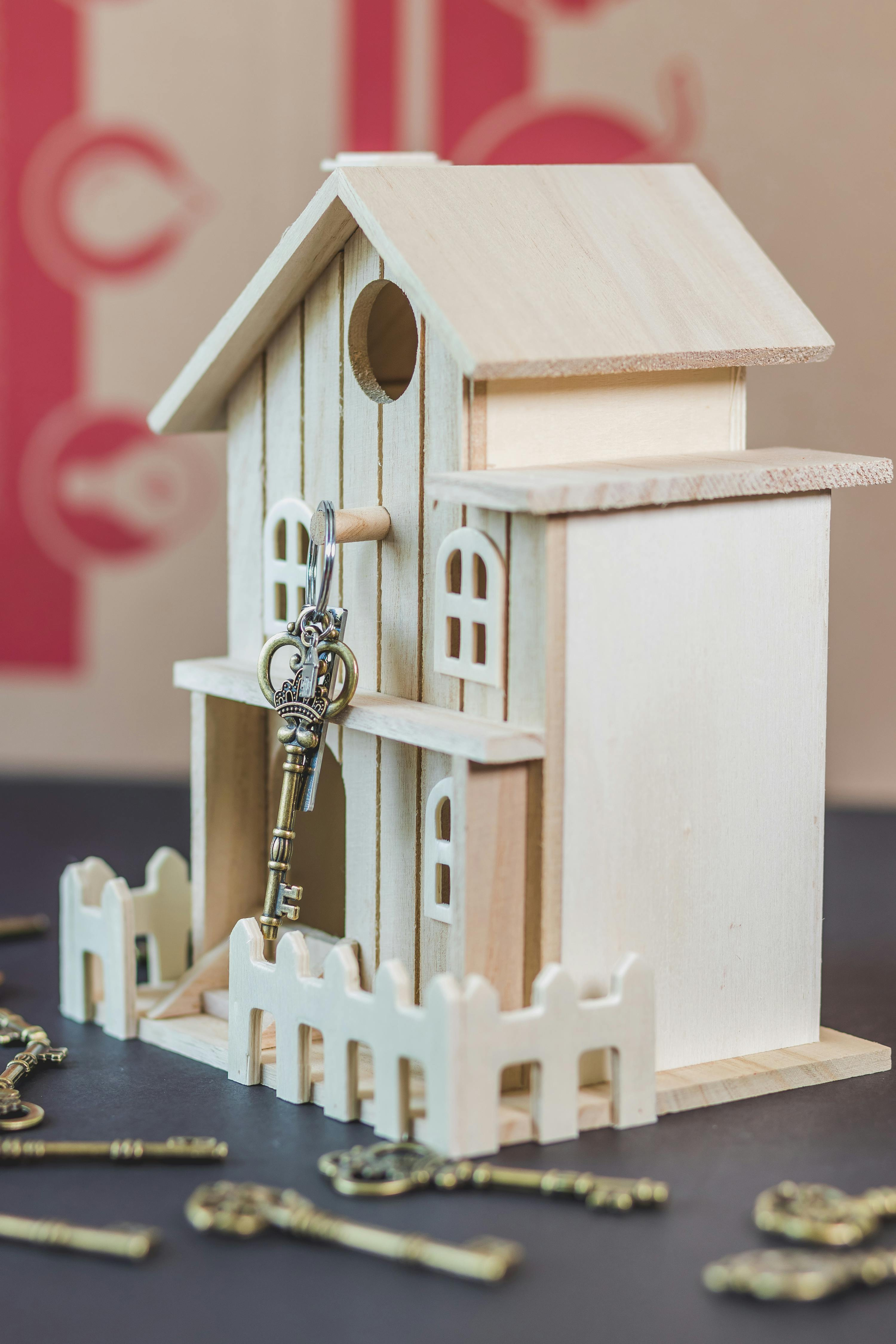

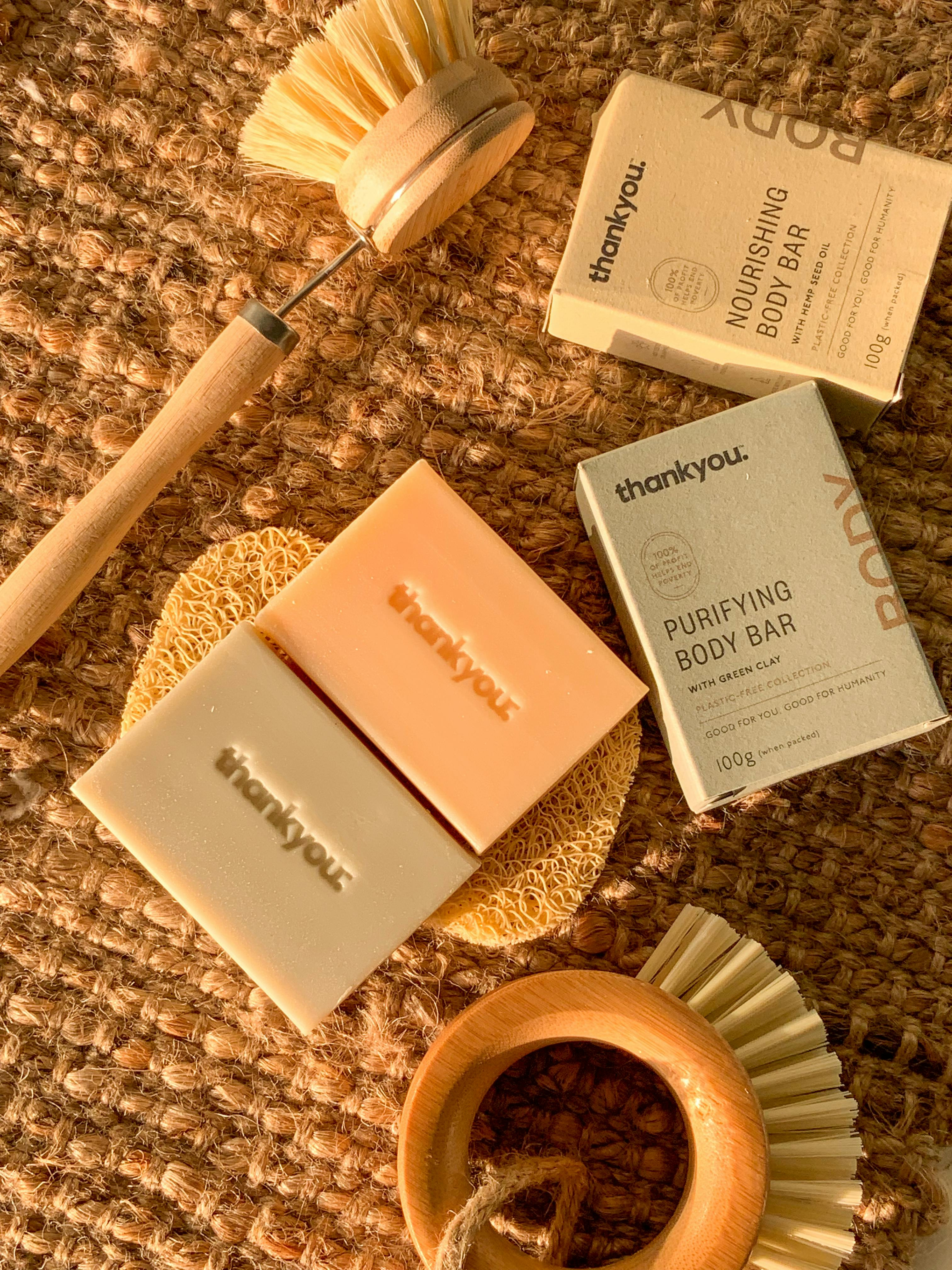
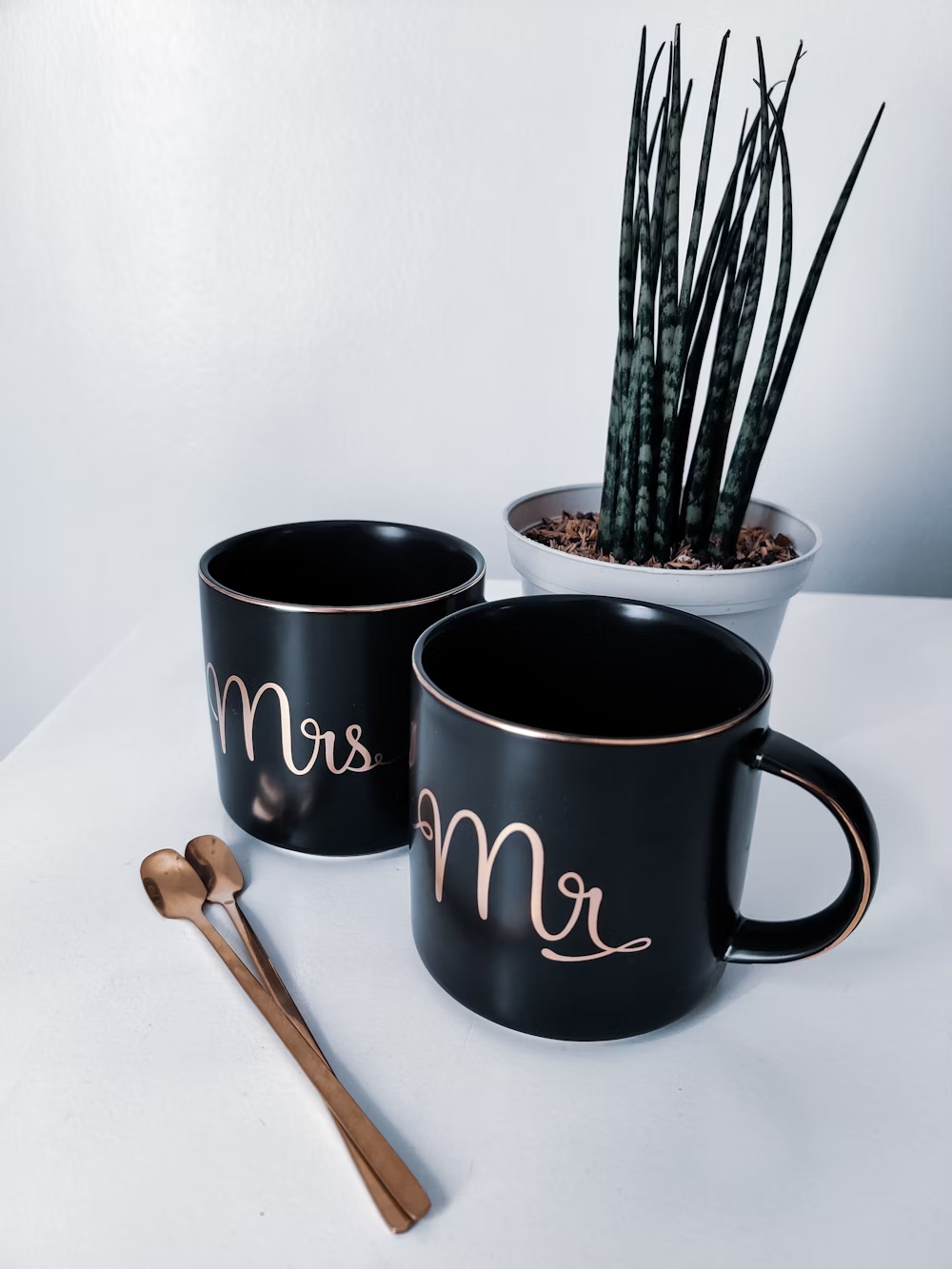

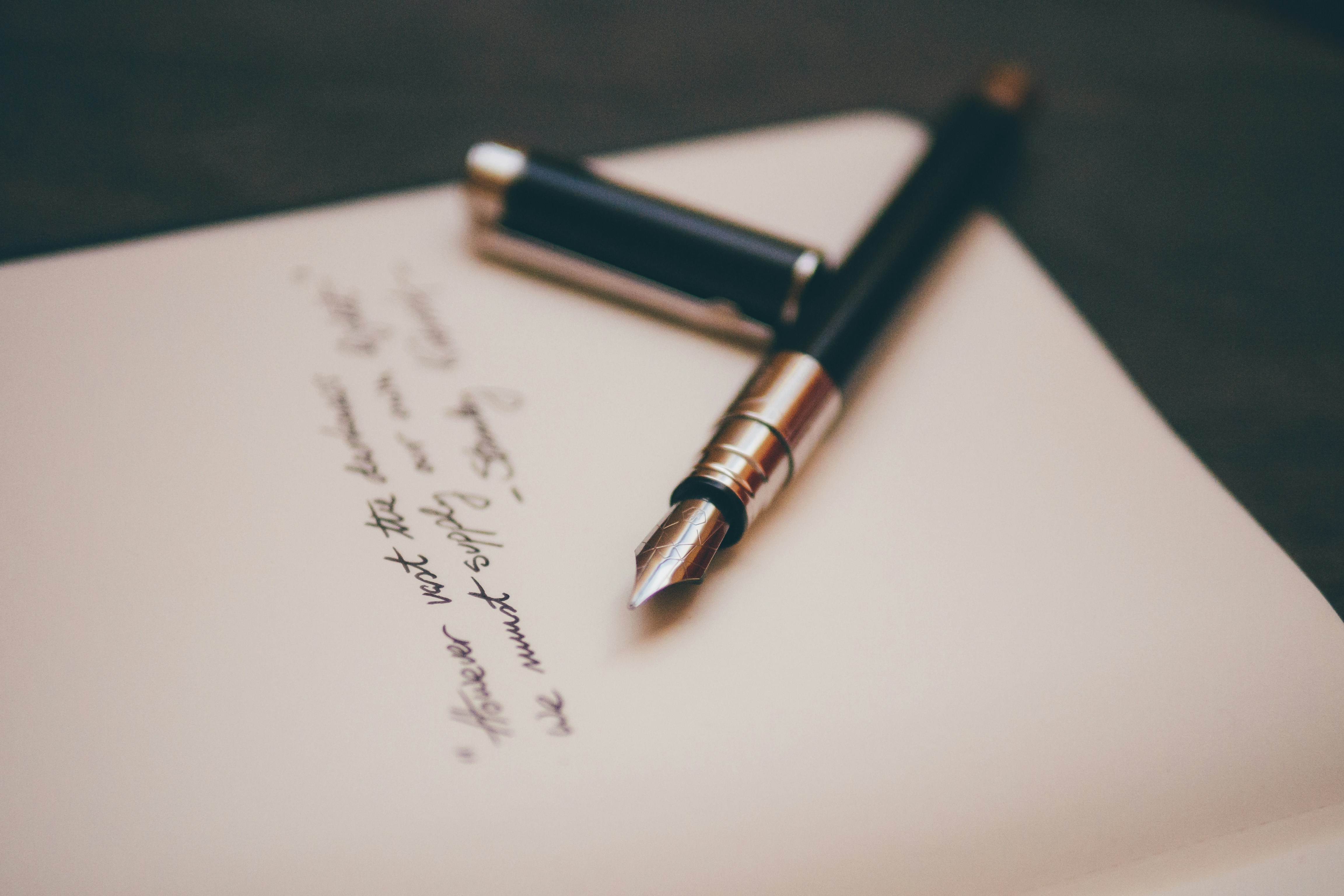


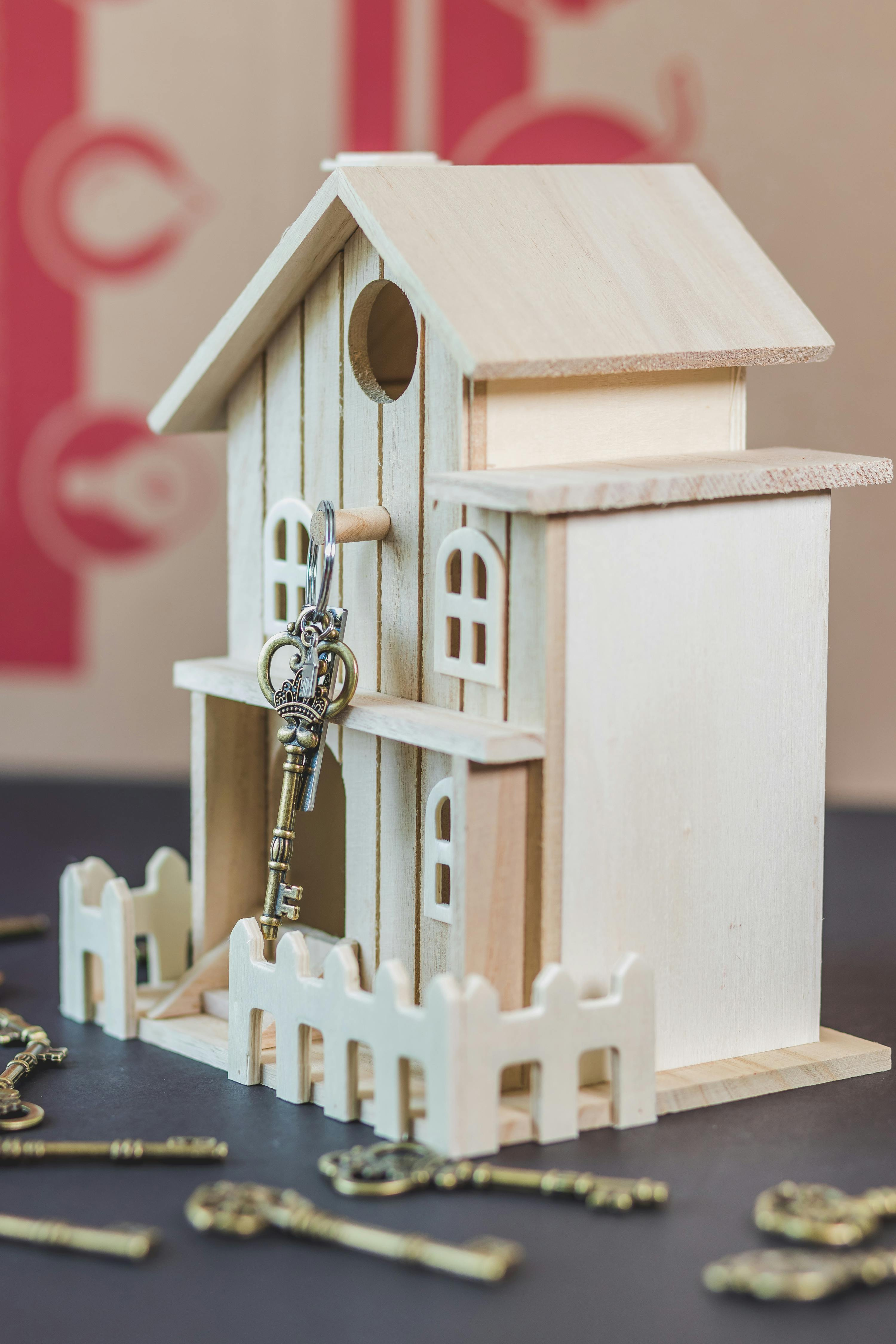
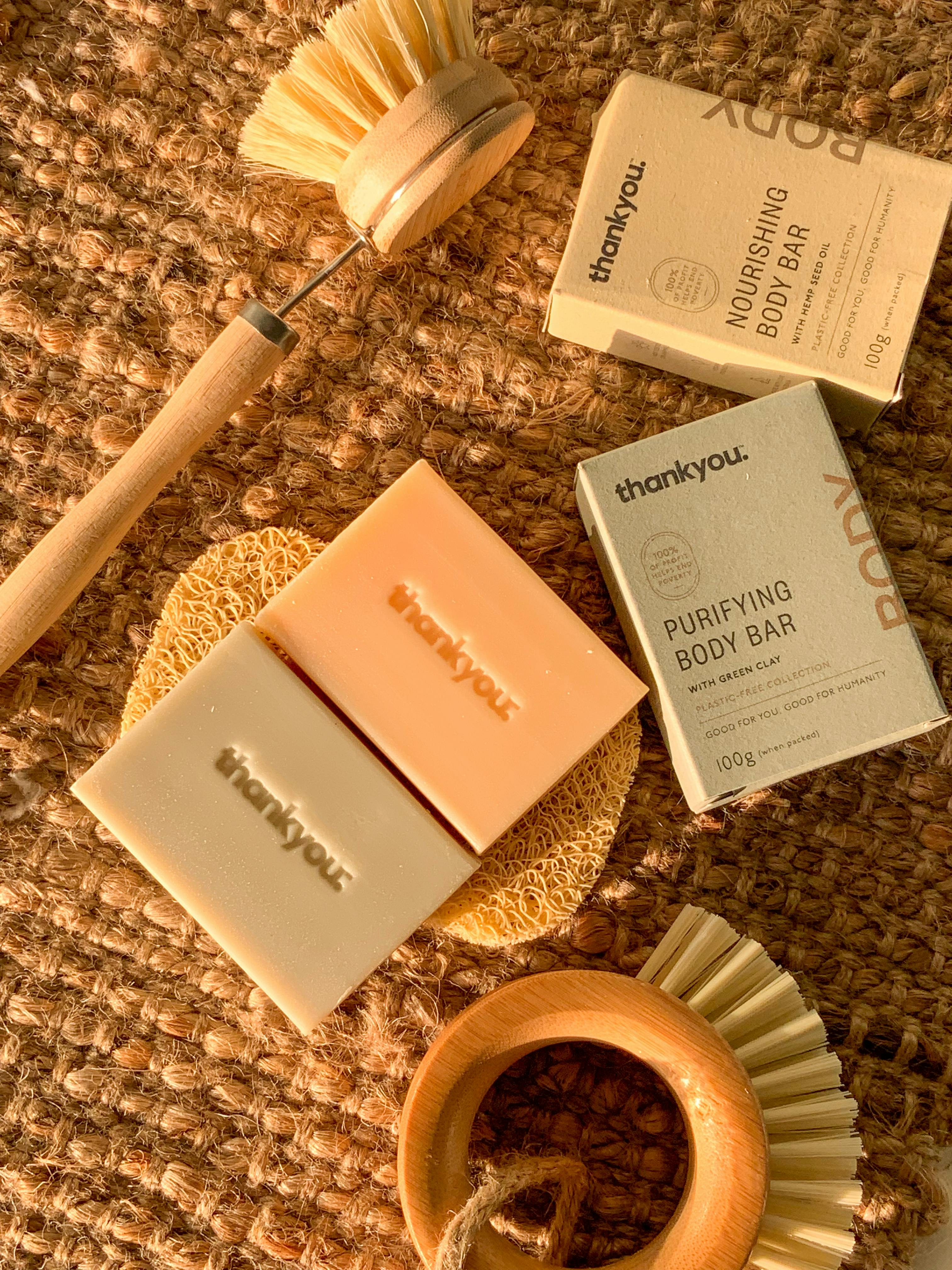
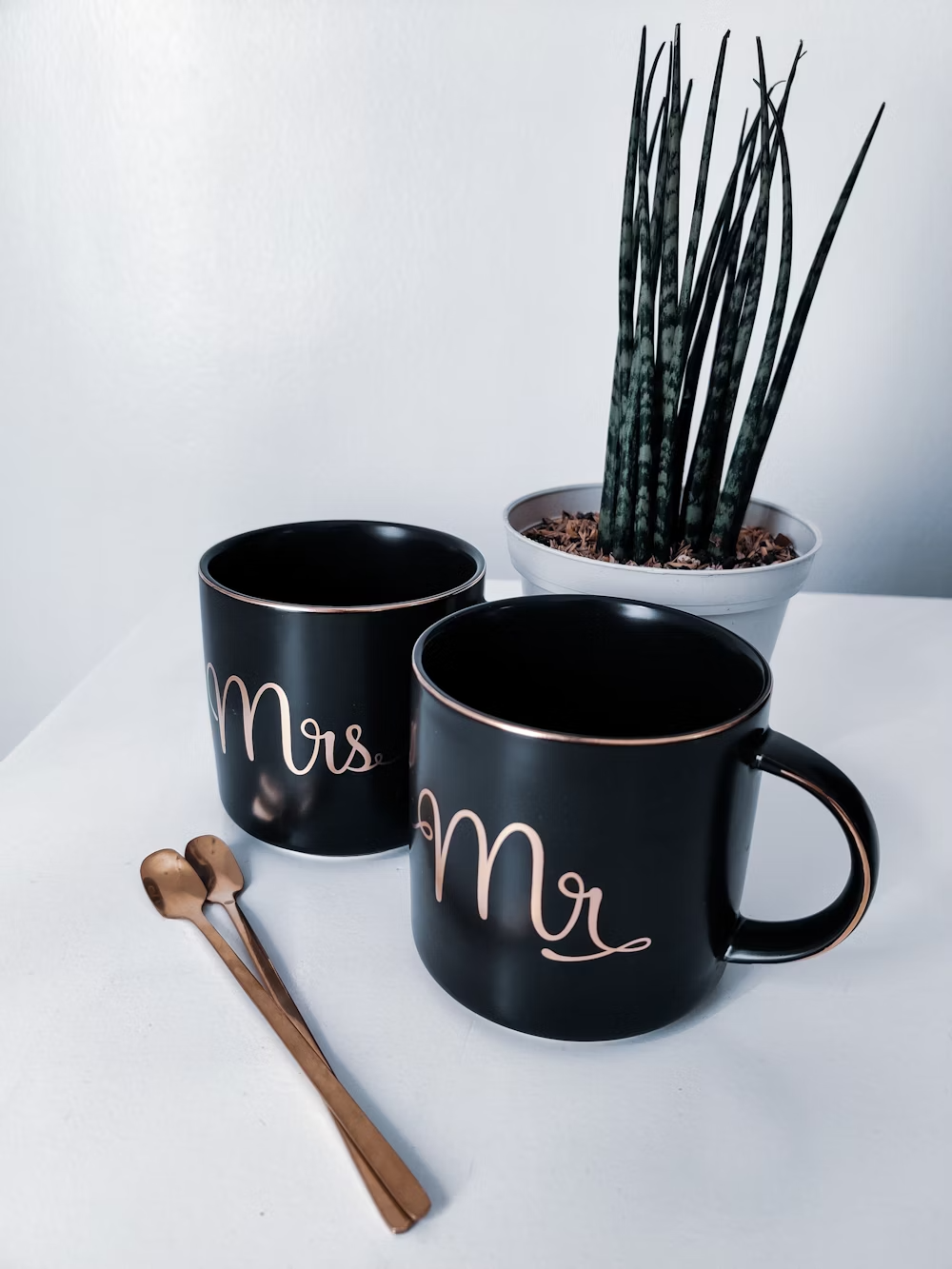






 Browse Your Photos
Browse Your Photos






.png)




